This is the second of a two-part series looking at different standards in watchmaking. In the first part, I explored watch accuracy standards including COSC certification and various chronometer denominations, whereas in this article I will focus more specifically on hallmarks for quality of finishing, such as the Geneva Seal and Fleurier Quality Foundation, to ascertain what they are and what they represent.
To begin with, let’s take a look at perhaps the most well-known quality standard for finishing in watchmaking, the Geneva Seal, also known as the Poinçon de Genève…
What is the Geneva Seal?
The Geneva Seal, or Poinçon de Genève, is a watch industry hallmark of quality which dates back to 1886, making it one of the eldest quality standards in the industry. Initially, the Geneva Seal was set up as a vehicle to place the official State mark of the Canton of Geneva on highest quality of watches, crafted by the hands of the finest watchmakers in Geneva.
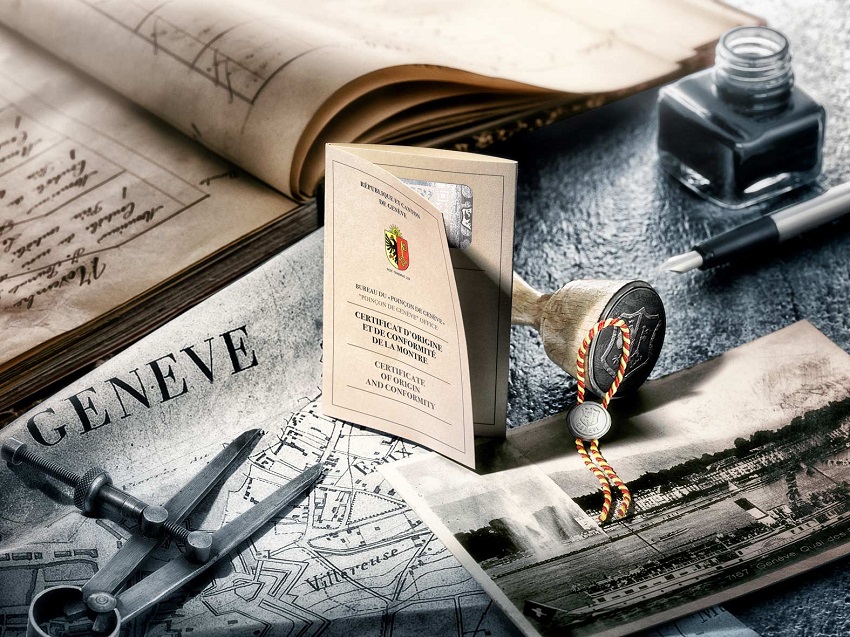
Geneva Seal certificate and swing-tag, photo - Geneva Seal website
At the time of its inception, the Geneva Seal was in fact only available to residents of Geneva, a move designed to incentivise watchmakers to remain in Geneva rather than ply their trades abroad. Whilst other quality hallmarks are available, the Geneva Seal remains to this day the only hallmark of quality bearing the name of the Canton of Geneva. Today, whilst the components do not need to all be completed within the Canton of Geneva, the final assembly of the watch must be undertaken by a watchmaker or company based, and registered, in Geneva.
For much of its existence, the Geneva Seal had a primary focus on the finish of a watch movement, ensuring that each component within it was finished to the seal’s enacting high standards. However, the Geneva Seal requirements were updated to go beyond craftsmanship to include reliability testing as well, with the requirements updated in 2011 and then again in 2014, enabling it to better align with other quality hallmarks in the industry.
So, what are the requirements of the Geneva Seal? These can be split into two categories: craftsmanship and reliability.
Craftsmanship looks at the aesthetic quality of the watch movement, looking for exceptional levels of decorative finishing across all components, including baseplates and bridges, the adjustment system of the movement, wheel trains and jewels, as well as shaped parts within the movement such as screws or pins.
Generally speaking, the goal here is to remove any trace of evidence of machining, especially with larger components. Components can be expected to have polished chamfers, circular graining (or perlage) finishing, polished bevels and sinks for jewels, and the tops of bridges must be decoratively finished to remove machining marks – often this is done with Geneva stripes. To learn more, check out my article watch finishing techniques.
Any jewels which are used on the bridge side, and are visible, must be ‘semi-brilliant’ with polished sinks.
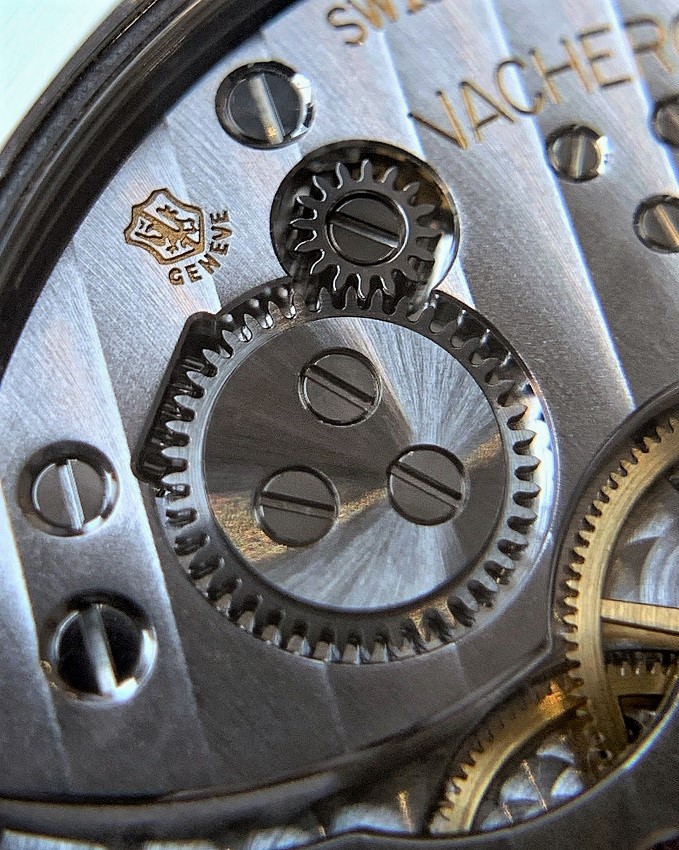
Geneva Seal hallmark on a Vacheron Constantin movement
Reliability certification was introduced in the requirements updates of 2011 and 2014. Each function (such as a date display, a chronograph etc) of the watch must be tested as demonstrably in order, with the process for testing this submitted and verified by the overseers of the Geneva Seal. Water resistance is tested to verify a minimum of 30 metres or 3 bar, and if the watch manufacturer has listed higher than this, it will also be verified.
The watch is tested for accuracy to ensure that variance does not exceed more than a minute over the course of a week (you can read more about watch accuracy standards here), with the power reserve claimed by the manufacturer also tested to ensure their claim is legitimate.
Of course, the Geneva Seal is only useful as a standard if the compliance to it is regularly and independently audited. The manufacturers will go through a submission process to lodge all plans, movement components and an assembled movement as an example with the Geneva Seal office. Once certified, the manufacturer will be independently audited by TIMELAB, the Geneva Laboratory of Horology and Microengineering to ensure the standards of the Geneva Seal are adhered to.
Each watch awarded with the Geneva Seal is presented to its eventual owner with a Certificate of Origin and Conformity issued by the Geneva Seal Office, as well as a swing tag bearing the hallmark of the Geneva Seal adorned with intertwining red and gold thread, as seen in the photo above.
If you want to learn more about the requirements of the Geneva Seal, you can do so on their website.
Today, the Geneva Seal is perhaps not as prominently used as you might expect, with brands such as Vacheron Constantin, Roger Dubuis and Chopard amongst the main protagonists of its use.
Interestingly, during the mid-1990s between 1990 and 1996, Patek Philippe were recipients for 95.7% of Geneva Seals awarded. Eventually, however, Patek Philippe broke away from the using the Geneva Seal in 2009 and introduced their own Patek Philippe seal.
Patek Philippe Seal
Patek Philippe had a long-standing history of over 100 years with the Geneva Seal, so it was no small feat when in 2009 the brand moved away from using the Geneva Seal in favour of its own Patek Philippe Seal.
We can speculate as to any underlying motives behind this move, however the fundamental driver appears to be that where Patek Philippe had previously used the Geneva Seal as a driver to differentiate themselves. This was no longer possible with a wider uptake of brands using the Geneva Seal, and so they sought to re-establish this differentiation by introducing their own seal which, they claimed, surpassed the requirements of the Geneva Seal.
This was achieved through introducing requirements on the complete and assembled watch pertaining to performance, and not just finishing – the requirement of a Patek Philippe movement is that it must be accurate to within -3 to +2 seconds per day.
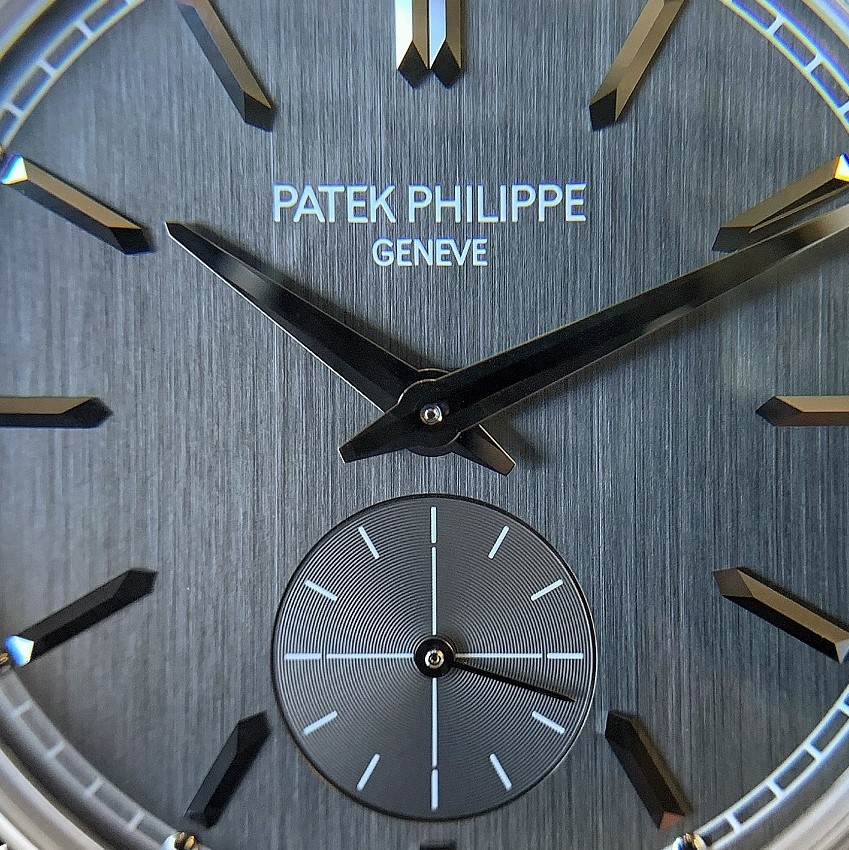
Patek Philippe Calatrava 6119
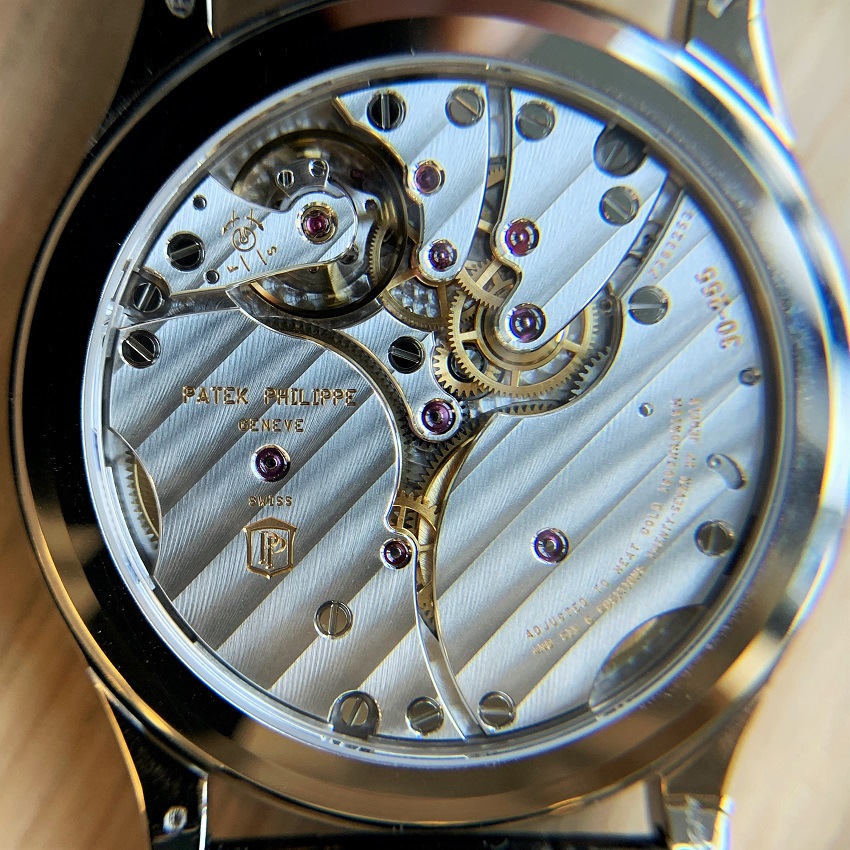
Note the 'PP' hallmark on this caliber 30-255 PS
With this context in mind, it becomes particularly interesting to note the updates to the Geneva Seal requirements in 2011 and 2014.
The Patek Philippe Seal applies to every single Patek Philippe watch regardless of how complicated it may be, and the seal proudly adorns each watch, denoted with a ‘PP’ hallmark.
However, the Patek Philippe Seal wasn’t the first quality standard to combine both aesthetics and performance. A collaborative effort between three Swiss brands which started in 2001 takes that particular accolade.
Fleurier Quality Foundation
Created in 2001, the Fleurier Quality Foundation is the result of a collaboration between Chopard, Parmigiani Fleurier and Bovet Fleurier, and later also Vaucher Manufacture Fleurier (a sister company of the Parmigiani brand). The intent was to look at watch quality from the perspective of their customers as to what their seal should mean, and in 2004 they finally launched their Fleurier Quality Foundation Certification, known as the Qualite Fleurier label.
There are five fundamental criteria which need to be met to be awarded the Qualite Fleurier certification.
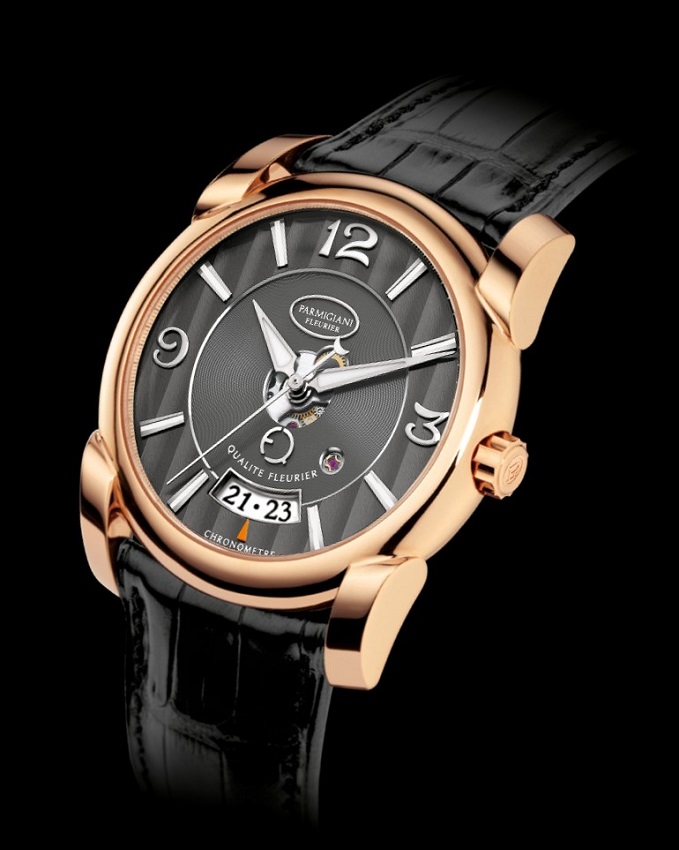
Parmigiani Tonda with FQC hallmark on the dial (immediately beneath the hands axis), photo - Fleurier Quality Foundation
Firstly, each watch must be strictly 100% Swiss made (with the only exception being the processing of the raw materials). Each watch must be fitted, adjusted, finished, assembled, cased and tested within Switzerland, and the manufacturer must be able to provide proof of this.
Then, the finishing of the watch must comply with the Foundation’s quality standards. Generally, this includes the materials used being metal, technical ceramic, precious or other avant-garde material, which are finished to similarly high standards described under the Geneva Seal, except whilst these finishes can be completed manually or mechanically, they cannot be done in bulk. The finishing is subject to inspection under a microscope.
Next, each watch must be certified to COSC accuracy standards ensuring that all watches are accurate to within -4 and +6 seconds per day.
Finally, there are two separate tests which each watch must pass:
The Chronofiable regime puts the watch through various tests as to its ageing, forces applied to the winding stem and chronograph pushers (where applicable), and also magnetic, shock and water resistance.
Once fully assembled, the watch must undergo the Fleuritest simulator, a machine which simulates 24 hours of everyday use, including active and inactive periods of time, whereby at the end of the 24 hours, the performance of the watch must be to within 0 to +5 seconds per day.
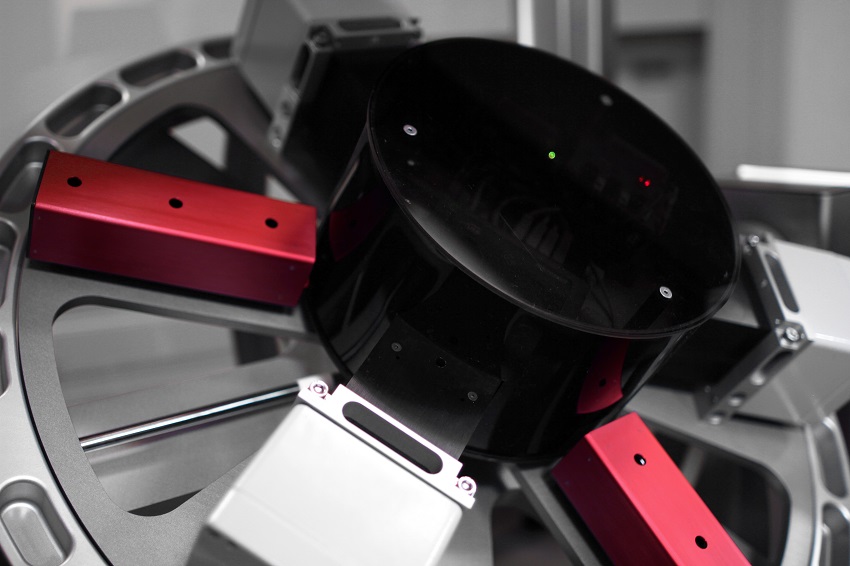
Fleuritest simulator, photo - Fleurier Quality Foundation
When the watch has passed all five of these qualifying criteria, then, and only then, will the Fleurier Quality Foundation inscribe its quality hallmark on the movement of the watch, or the dial in the case of a closed caseback.
If you want to learn more about the Fleurier Quality Foundation, please visit their website.
In Summary
As you can see from this look at watch quality standards, and my earlier article on specific accuracy standards, there is no shortage of various industry defined criteria that can be adhered to, whether the objective is for benchmarking the technical accuracy of a watch, the quality of finish – or even both!
These independent hallmarks and seals do come at a cost and so I do wonder, specifically with regard to levels of finishing, how many other brands would meet the requirements of the standard but choose not to. Whilst I understand the need for manufacturers to operate as a profit-making business, and these standards might be seen as superfluous from that perspective, a big part of me does wish that more brands would aspire to attain these quality hallmarks and seals, such that they might be more prominent in the industry. It seems a shame, at least to me, that there are inevitably watches which are worthy of bearing these quality hallmarks which do not.
If you have any questions, please get in touch via our Contact page, or via our Instagram.
You might also be interested in:
- Watch Accuracy Standards
- Spotlight: Patek Philippe Calatrava 6119
- Watch Finishing Techniques
- Watch Stationery and Gift Ideas
- Watch Books, Watch Boxes and more at the Watch Affinity Shop on Amazon (commissions earned)
As an Amazon Associate, I earn from qualifying purchases – thank you for your support

